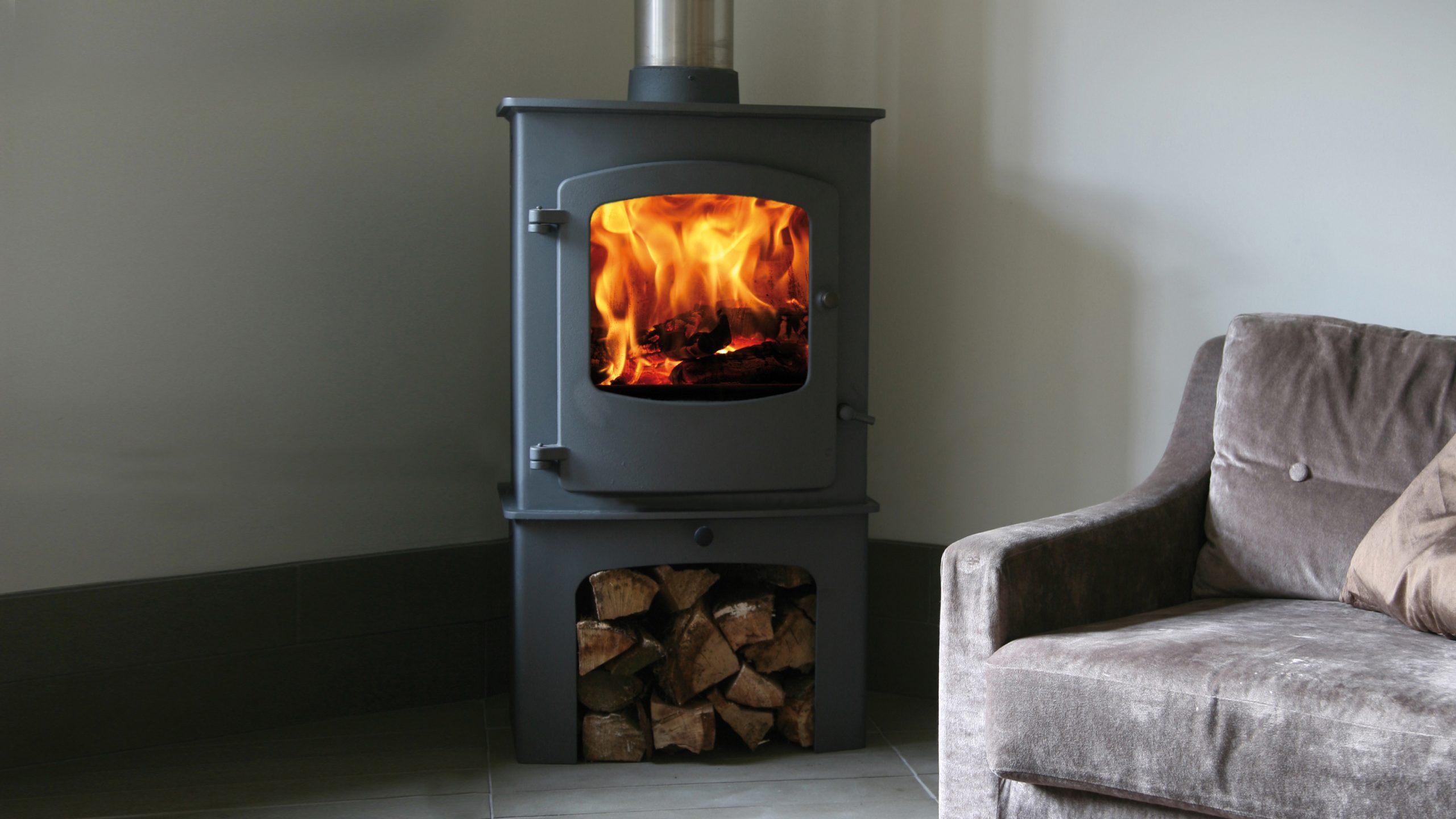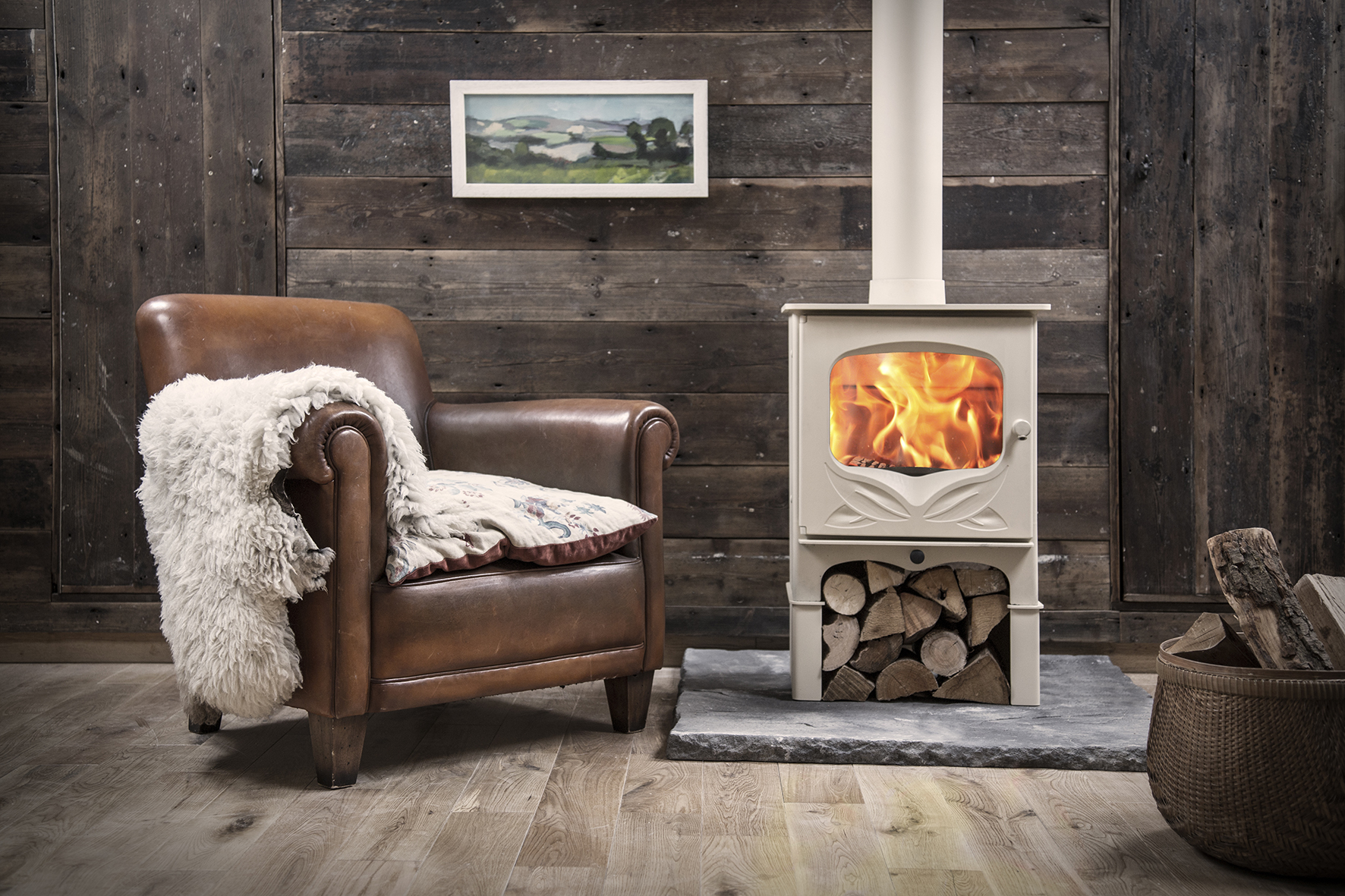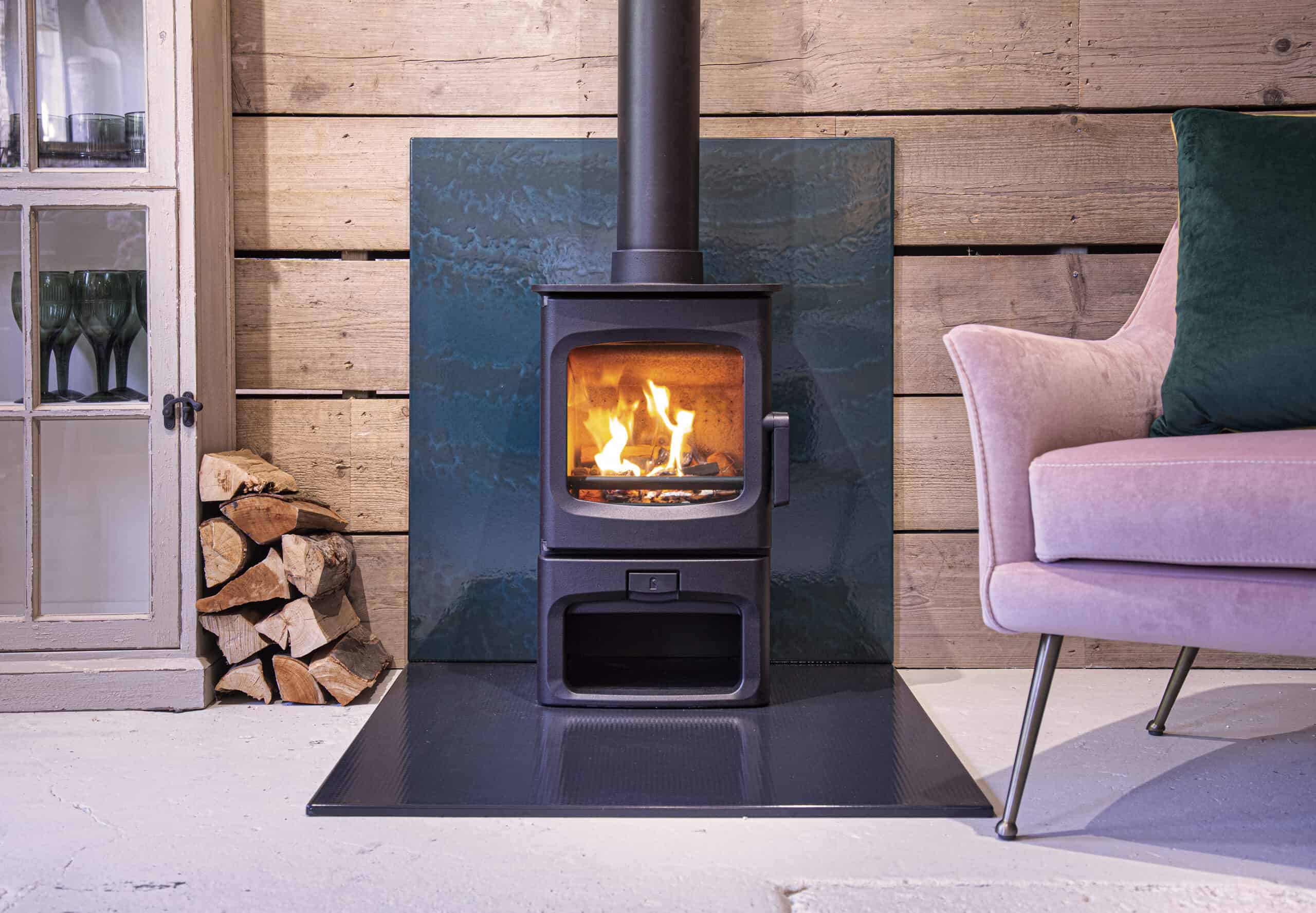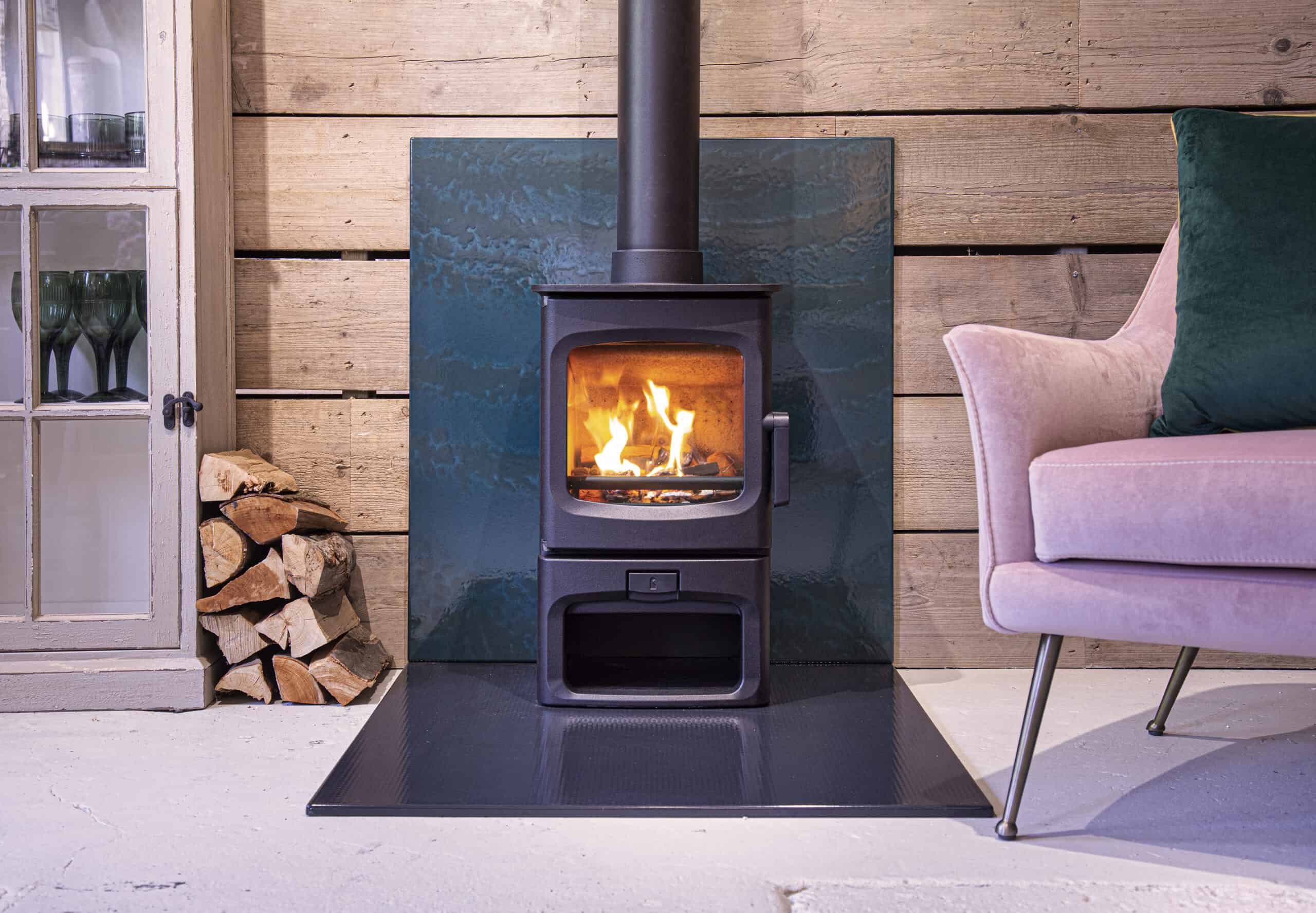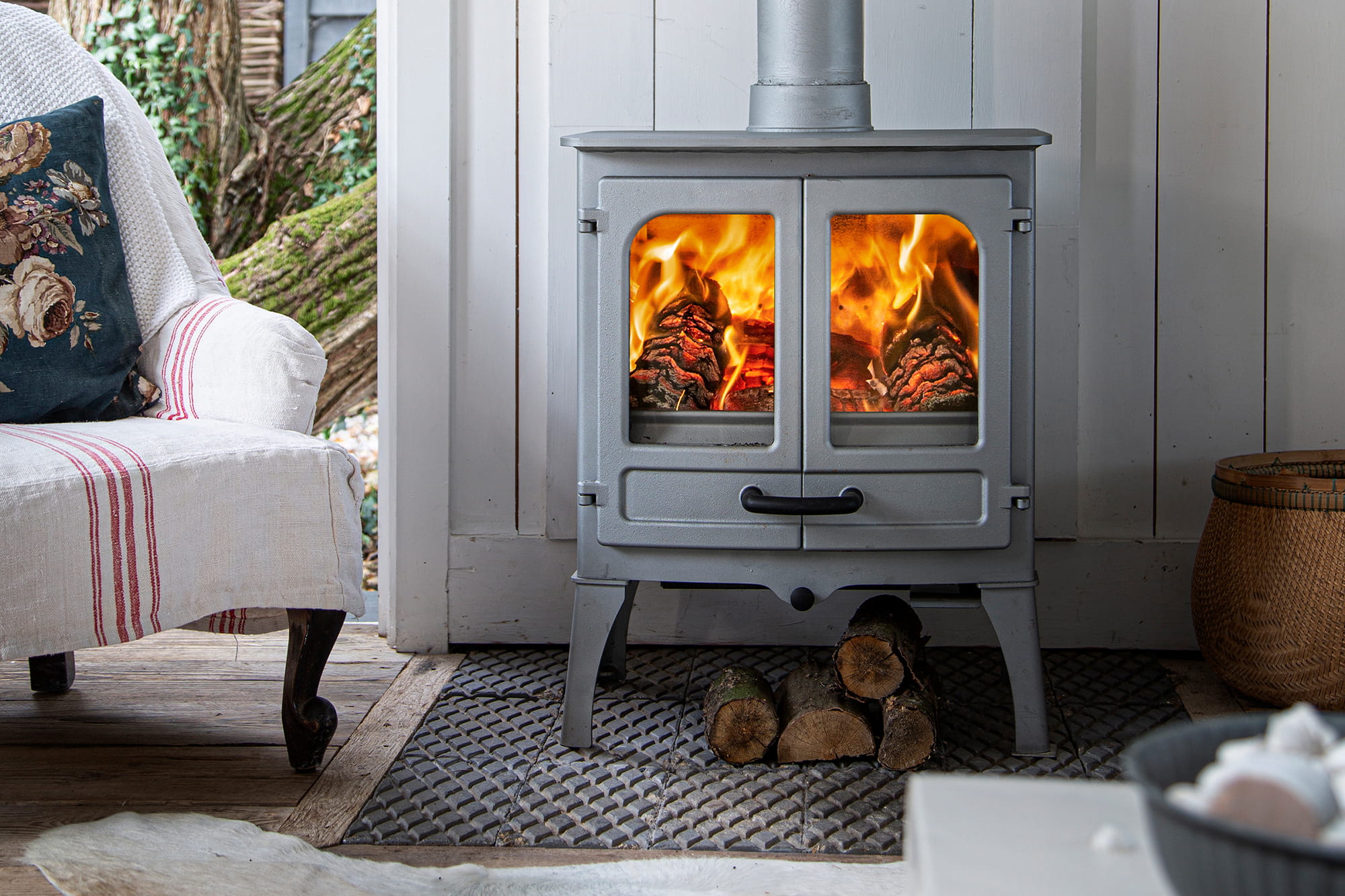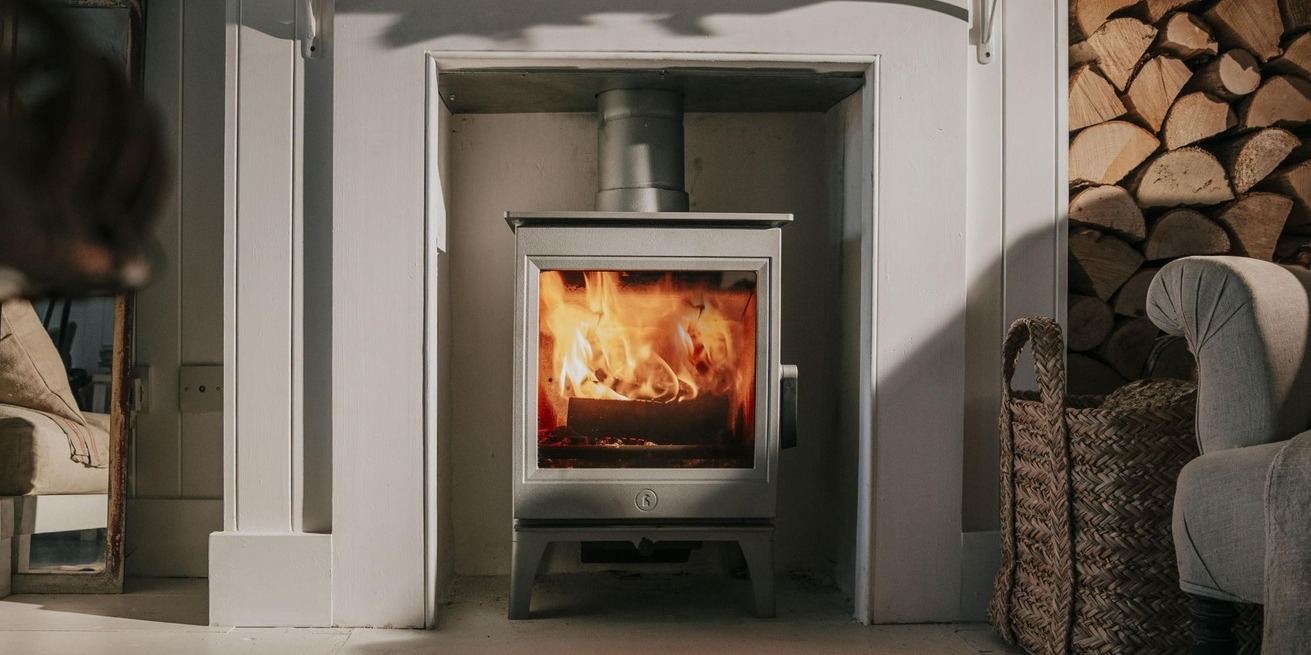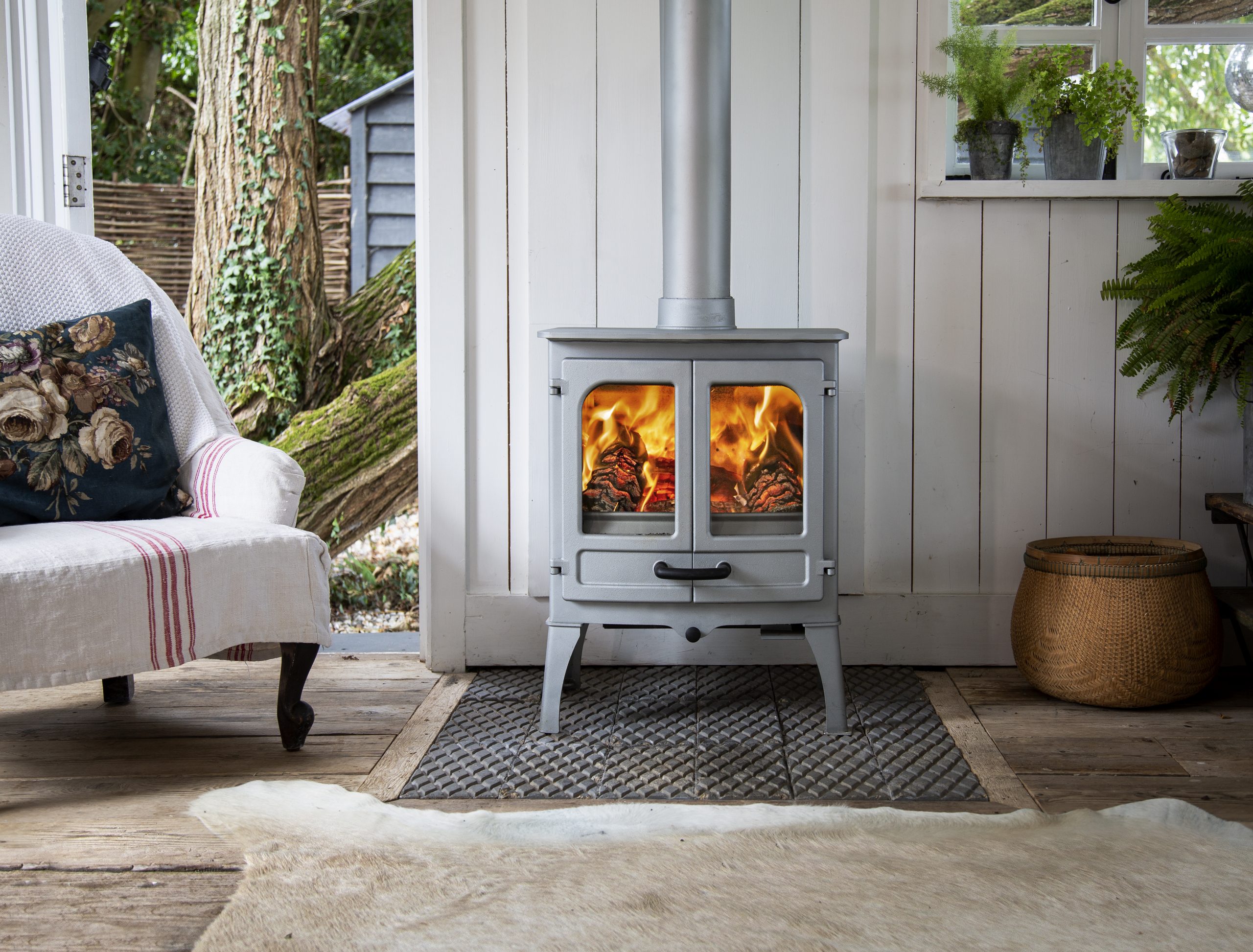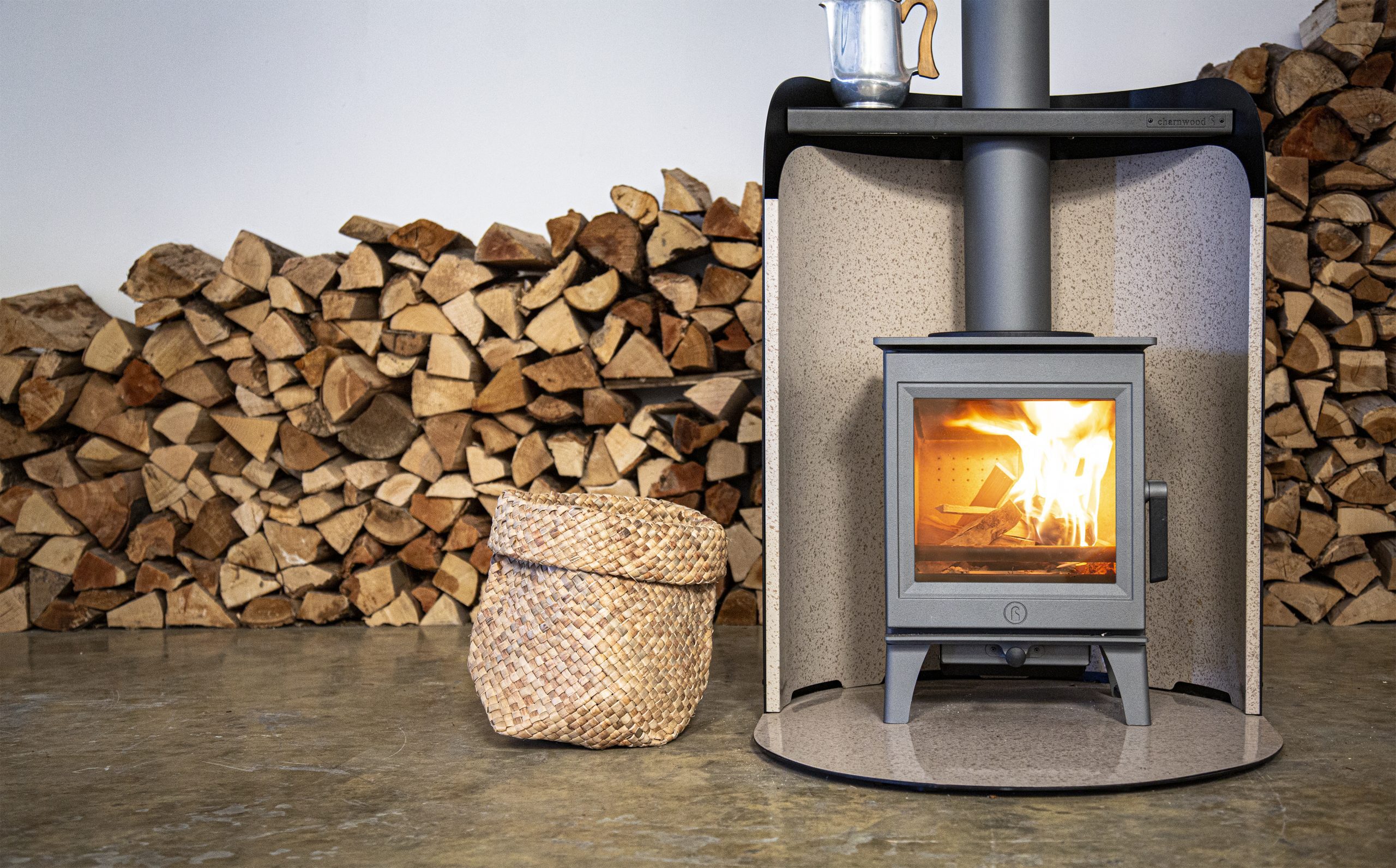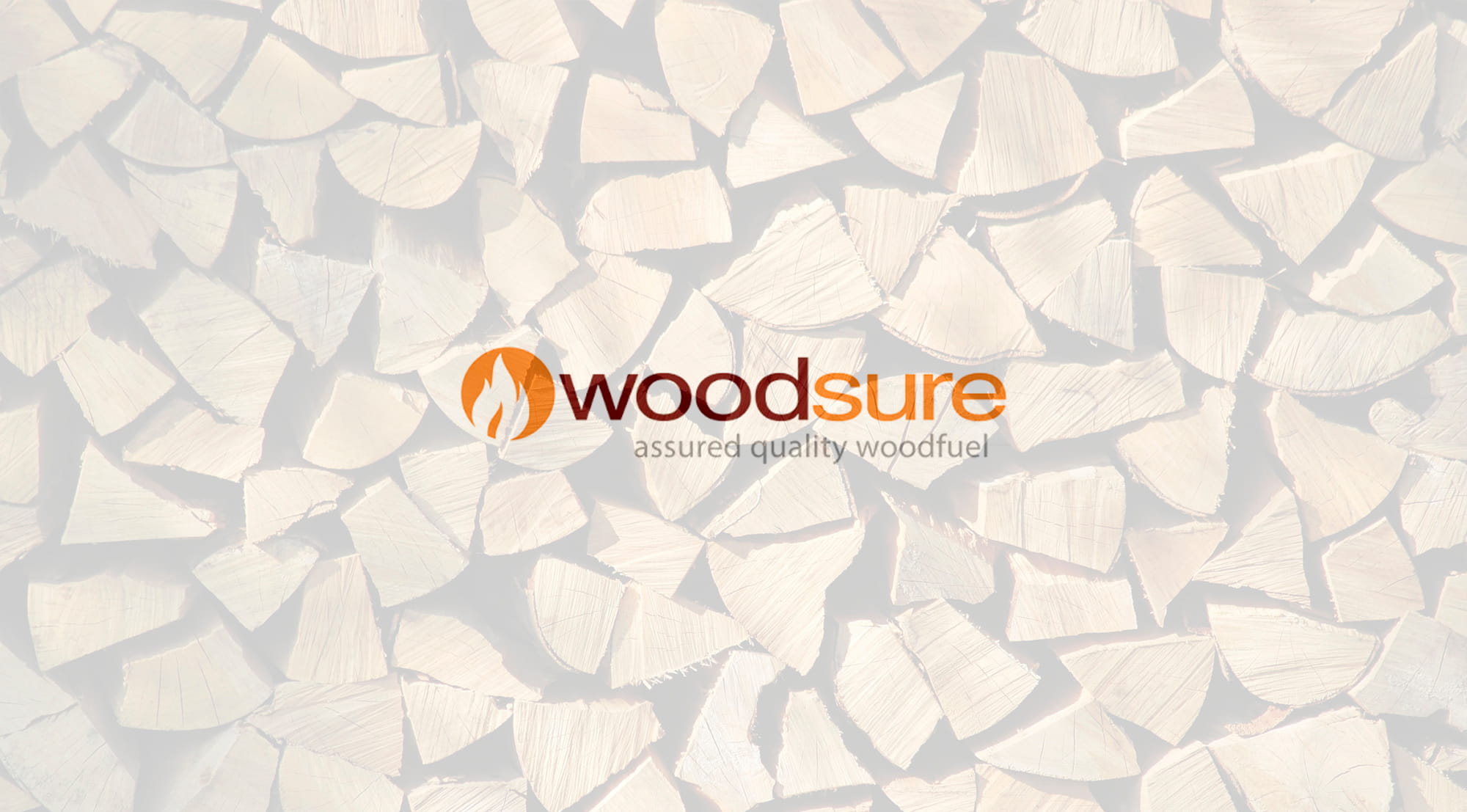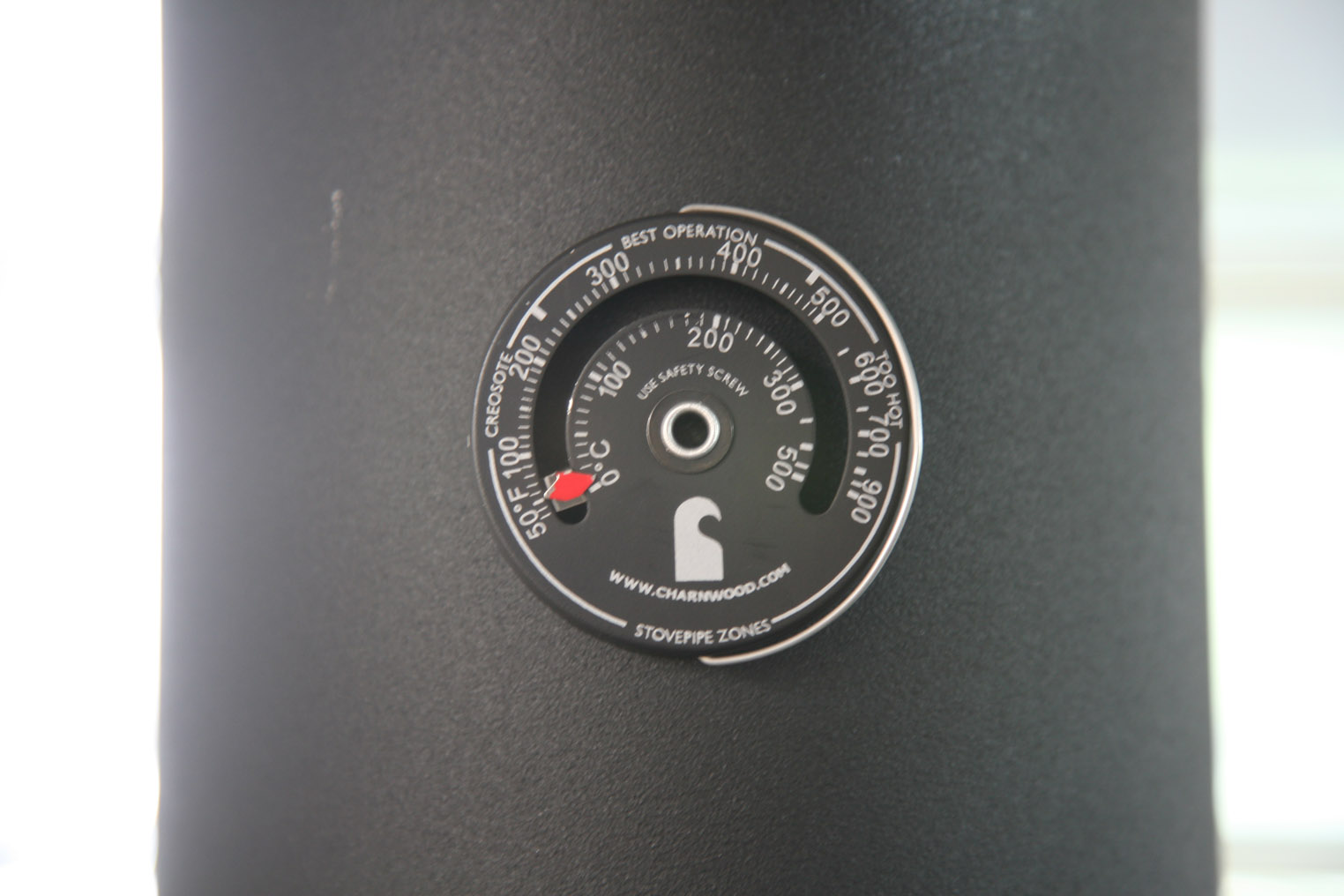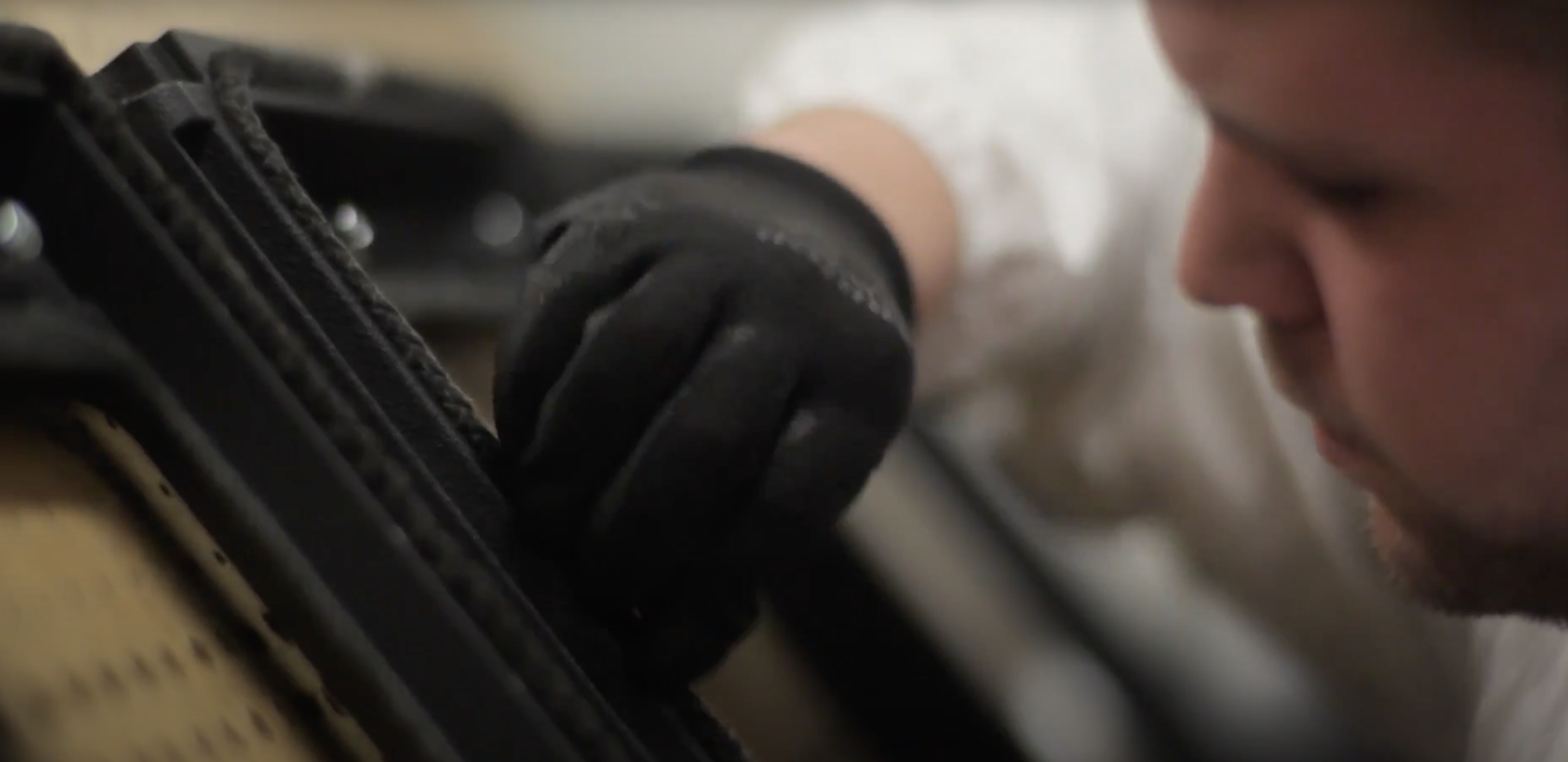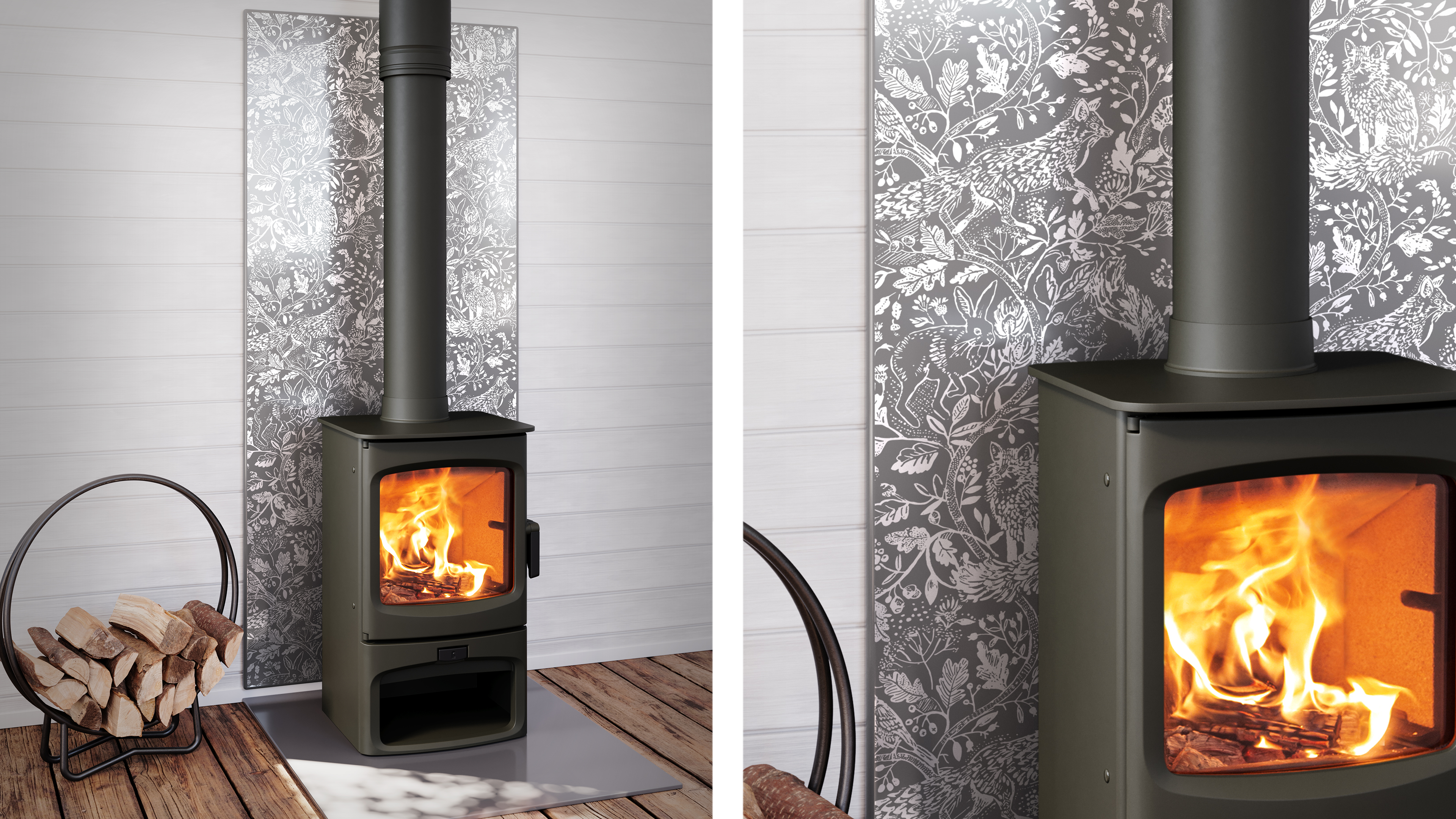Seasoning wood refers to the drying process used in preparing firewood for being burnt. Wood that has been seasoned has been dried so that, when it is used in a fire, it has a lower moisture makeup and therefore produces less smoke and is easier to light.
Wood that is not properly seasoned and burnt in a wood stove or fireplace can lead to high creosote build-up in the chimney, which can cause chimney fires.
There are a few physical differences between seasoned wood and unseasoned wood:
• Unseasoned wood, due to its higher water content, is heavier
• The ends of seasoned wood are dark and cracked
• Seasoned wood, when tapped against one another, makes a hollow sound
• The bark of seasoned wood is a lot easier to peel than that of unseasoned wood
• There may be green patches on unseasoned wood
Factors to Consider when Drying Firewood
Water Content
For a log to be considered seasoned and suitable for burning, it needs to have a low moisture content. If you are drying your own firewood, you should use a moisture meter to determine how much water content your logs still have.
Using your moisture meter, you should keep drying your firewood until it is at least below 20% as a minimum but, ideally, under 10%. The more water there is in a log, the more smoke and less heat it will produce. Most green wood has a water content of around 50%+ when it’s freshly cut.
When acquiring wood you plan to use in a fire, a general rule of thumb is that the greener it is, the longer it will take to seasoning firewood.
Average Humidity and Temperature
Wood is a hygroscopic material, meaning the humidity around it can cause the wood to either absorb or release moisture. In areas with high humidity, wood will absorb moisture from the air, and in areas with low humidity, wood will expel moisture.
When it comes to seasoning wood, the obvious ideal combination is low humidity and high temperature, which makes the later days of spring and throughout the summer the best time to season wood.
In an environment with 99% relative humidity, the moisture content of wood will (with enough time) become 23-30% however, when the air has a relative humidity of 75%, the moisture content will work its way down to 14% – an ideal % for burning wood.
Wood Species
The kind of wood you use has a bearing on the rate at which wood is seasoned, whether that is hardwood or softwood.
Hardwoods produce more heat when they are burned but take about 18 months to properly season, whereas softwoods can be seasoned in 6-12 months and have the added bonus of being easier to cut and split, making them more appealing for many who cut and prepare their own wood.
The terms hardwood and softwood don’t actually apply to the woods themselves, but to the trees’ seeds: hardwood seeds have a covering while softwood seeds don’t.
When it comes to burning wood, a top tip is to use softwoods to get the fire going then hardwoods to have a long, enduring heat.
Cedar and pine are good softwoods to burn, while ash, oak, birch, fruit trees and even eucalyptus wood are great hardwoods for fires.
Proper Stacking
Wood should be stacked off the floor so as not to absorb ground moisture, and you need to allow plenty of ventilation between stacked logs so that moisture can escape.
When you are cutting your wood, cutting it to similar sizes will make it easier to stack. Cutting each log into 16-inch long cords is standard, and then cutting the wood into quarters is a popular and effective method.
Seasoning your wood outside is best, ideally in a location that gets plenty of sunlight. If you live in an area with high levels of rainfall, keeping it outside but covered (like in a barn or shed) is an option, so long as there is plenty of airflow around the wood. Don’t season your wood in your home as there is a risk the drying wood will attract termites; it will also not season properly when it’s indoors.
You can use a firewood log rack to help with the seasoning; these are metal frames that keep the logs off of the ground, promote airflow around the cords and can be positioned for optimal sunlight.
When stacking, you need to be sure any rain (or snow) won’t soak your logs. Avoid this by either storing them in a sheltered area or by protecting them with a waterproof cover, but be sure to keep the ends exposed to the air.
To find out everything you need to know about firewood, check out this blog.
Average Time to Season Wood
There are many variables when it comes to firewood seasoning and many ways to help speed up the seasoning process, however, the average time to season wood that you’ve cut from a tree is approximately 12 months. It can take an average of 6 months if you’ve bought the wood from a supplier.
Wood will dry out more quickly when it has been chopped into smaller pieces – the smaller the piece, the quicker it’ll wood seasoning. You can expect wood to dry at a rate of approximately one inch per year – i.e. a log that is one inch wide will take one year and a log that is two inches wide will take two years to seasoning firewood.
As well as splitting the wood into smaller pieces, you can also speed up the seasoning process by:
• Drying it in late spring or summer
• Stacking it correctly – plenty of ventilation between logs and ends exposed to the air
• Stacking it in bright, direct sunlight
• Dry it in a kiln
Also explore our Wood-Burning Stove FAQs.
Why Choose Us?
Charnwood has been committed to providing quality wood burning stoves since 1972 and we know all there is to know about wood burners, and how to get the most out of the wood you burn. If you have any questions about heating your home with a wood burning stove, please get in touch.

